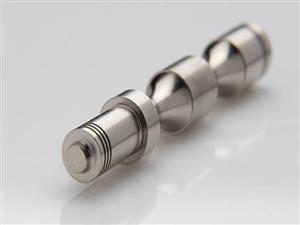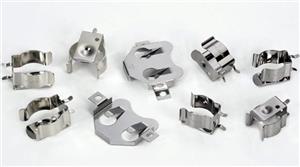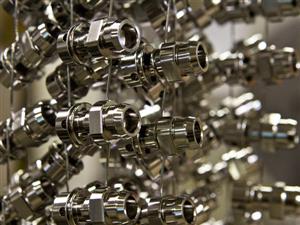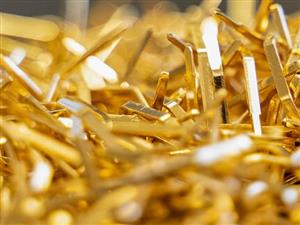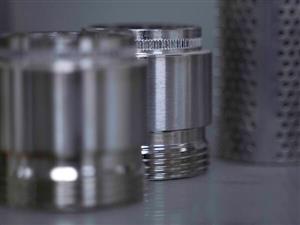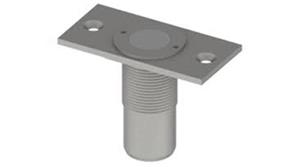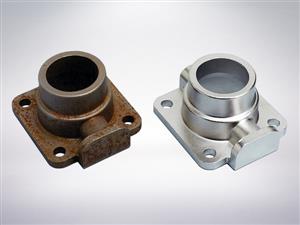AMBIKA INDUSTRIES
Featured Products
Highest quality standards are achieved through the implementations of latest technology, decades of experience and everlasting moral values , which have helped us to retain our customers as well as multiply them.
Welcome to AMBIKA INDUSTRIES
S.S. Passivation
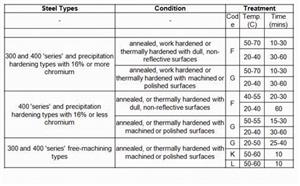
Passivation is a critical step in maximizing the essential corrosion resistance of parts and components machined from stainless steels. Passivation is not a scale removal treatment, nor is it like a coat of paint. Passivation provides a protective oxide film on the surface of the stainless steel. This invisible film is considered to be extremely thin, less than 0.0000001 inch thick, which is about 1/100,000 the thickness of a human hair. Exposed sulfides also can be a problem. They come from the addition of sulfur to stainless steels to improve mach inability. Sulfides improve the alloy’s ability to form chips that break away cleanly from the cutting tool during the machining process. Unless the part is properly passivated, sulfides can act as initiation sites for corrosion on the surface of the fabricated product. In all cases, passivation is used to maximize the natural corrosion resistance of the stainless steel. It can remove surface contamination, such as particles of iron-containing shop dirt and iron particles from cutting tools that can form rust or act as initiation sites for corrosion. Passivation also can remove sulfides exposed on the surface of free-machining stainless alloys.
Types of Passivation :
- used—nitric acid passivation.
- nitric acid with sodium dichromate passivation.
- citric acid passivation.
Our Vision
* To embrace new technologies and methods. * To give unsurpassed products and services to the clients. * To constantly look for improvement and changes.



